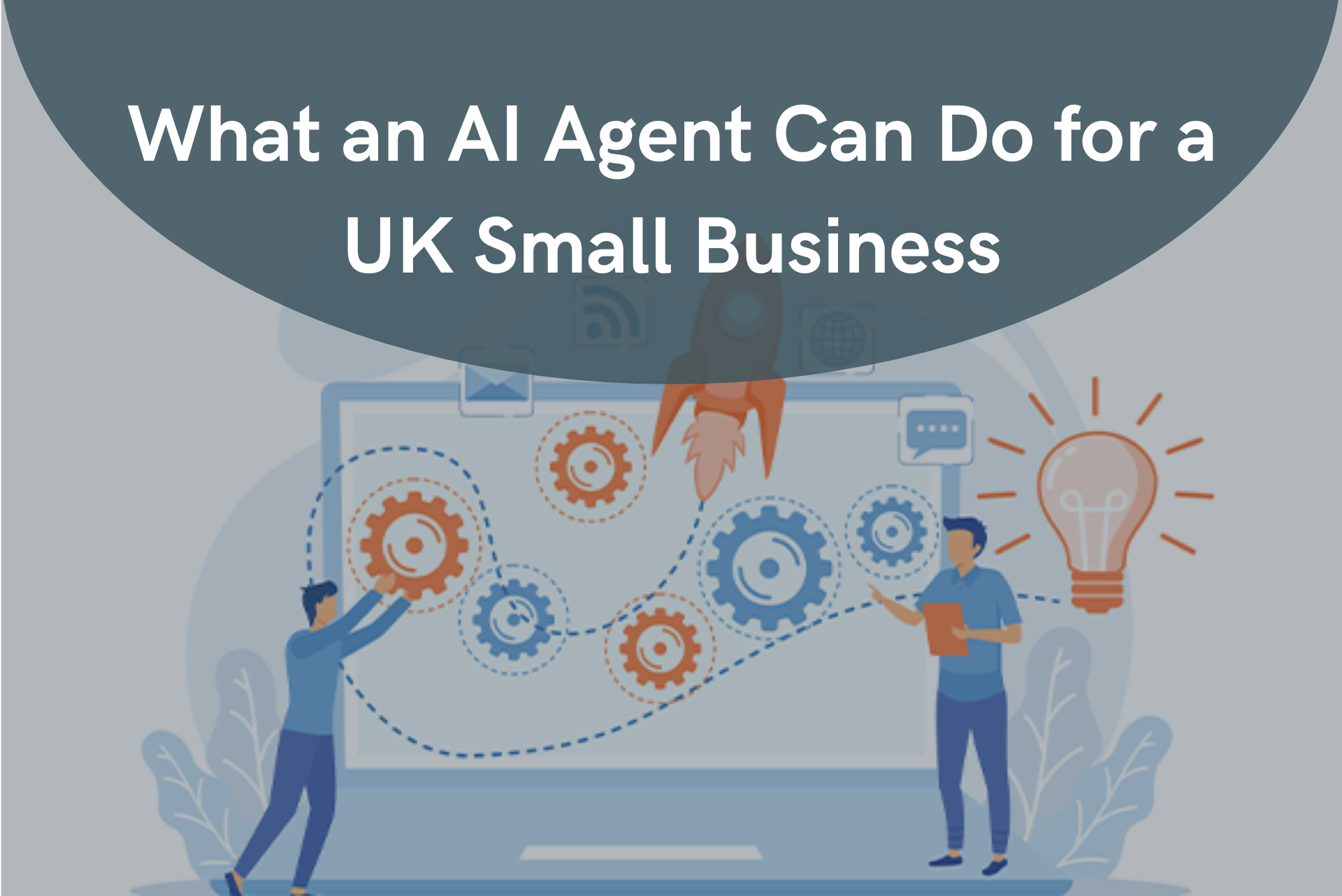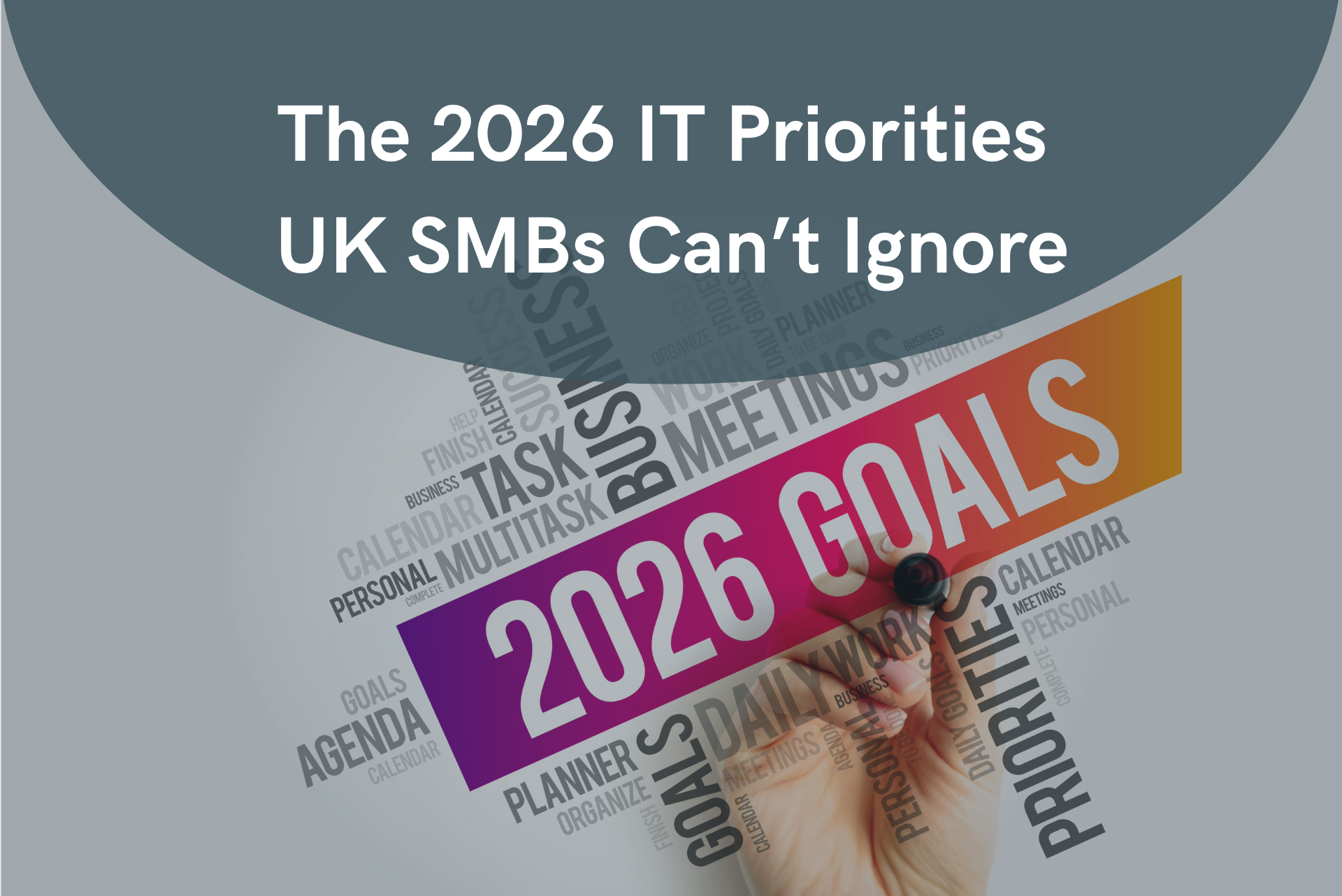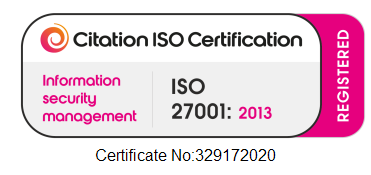Top 10 benefits of moving to Microsoft 365
Microsoft 365 is a subscription-based system that allows access from anywhere to many Microsoft applications, and allows collaboration between employees, team working, and a very high level of security.
Here are the top 10 benefits to migrating to Microsoft 365
1. Security
Security is at the top of the list for every business. Hacking threats are very real these days, and there are enormous penalties under Data Protection Regulations when personal data is stolen such as customer information or credit card details.
Exchange Online Protection will protect all your email against all possible threats.
You can create password rules such as forcing users to change their password at regular intervals and force use of upper and lower case, numeric, special characters, and enforce minimum password lengths. This forces users to have strong passwords.
You can set up Security Groups in order to control who in your organisation has access to areas of business information. You can effectively put in ‘Ethical Walls’ so that sensitive information can only be seen by employees who are cleared to see it. You can also restrict what employees can do with the files. You may, for example, want them to have read only access so that they cannot edit or delete a file.
Microsoft 365 meets all world-wide security standards and has over 1,000 security and privacy controls.
Risk mitigation is extremely important in the business world and Microsoft 365 underwrites a great deal of the security risk for you.
2. Protection from Threats
In the world of Cybercrime, there are many threats posed to a business. These can range from ransomware to malware attacks. Recently, a pipeline in the USA was taken out by a ransomware attack. This had a huge knock-on effect across a number of states and the financial and reputational damage was enormous. No business wants this to happen, but sadly, these kinds of attacks are becoming more and more common, and it is extremely difficult to bring the perpetrators to justice.
An organisation’s lifeblood is its data and documents and any loss of these can be totally disastrous. A loss of this kind could lead to the organisation going bankrupt and never re-surfacing.
Microsoft Defender will give you peace of mind against threats hidden in email attachments or links. It will prevent ransomware and malware attacks. It will also keep all your devices safe from malware, spyware, and malicious software.
Advanced Threat Analysis uses analytics and machine learning to find and inform you of anything out of the ordinary happening. This works on all devices connected to Microsoft 365.
Windows Defender Exploit Guard will apply policies to give prebreach threat resistance.
Information Rights Management will allow you to control access to business information. For example, you can prevent employees forwarding or copying a file of sensitive information.
App Protection for Office mobile apps will allow you to prevent the copying of information to unauthorised apps or locations.
Intune will allow you to delete business data remotely from a lost or stolen device. If an employee leaves acrimoniously and does not hand back a company device, then sensitive information on it can easily be erased.
Exchange Online Archiving provides long term preservation policies to all the emails in your business so that a record is never lost.
3. Cloud Storage
You get 1 Terabyte (1 TB) of cloud storage space for files on OneDrive. Your files can be saved onto OneDrive or SharePoint. Any changes can be viewed across all of your synced devices.
All files can be accessed on your PC, Mac, or mobile devices that are synced.
This has huge advantages for Disaster Recovery in your business. If there is an event that prevents your organisation accessing local servers and premises, such as a building fire, power outage or a police incident outside your premises, all your information and applications can still be accessed using Microsoft 365 from anywhere.
In terms of providing Business Continuity, this allows your business to carry on operating when the worst scenario has happened.
Many large banks and financial institutions have created their own Disaster Recovery sites. They have spent a fortune on empty offices equipped with hundreds of desks, phones, PCs, and servers. They are never normally used, but are there should a major office location be disabled or inaccessible.
This costs a huge amount of money, and may never be used. The benefit of Microsoft 365 is that a Disaster Recovery site is no longer required. All of your data is held safely in the cloud and can be accessed from anywhere.
Because of real time co-authoring, several users can work on the same document simultaneously.
Your cloud data is protected by a very high level of security, which is extremely important in the world today.
Also, previously, if you had left a document open on your PC and went to work at another location, then you would have ended up with read only access, and would have had to save off a new copy if you wished to make any changes. Now with co-authoring in the cloud, you have full access to make amendments.
You can also share files on OneDrive with external contacts by providing guest links.
Effectively, all your data is backed up and held securely in the cloud. If a local server is taken out, the data is still accessible from anywhere.
4. Scaling and On-Boarding
Microsoft 365 is Future Ready. As your business grows, new individuals will join the organisation, and also, new departments will be formed.
The Admin Centre provides an easy method to setting up your environment, and expanding this where necessary. Simple Wizards are used to set everything up to be in line with your organisation.
As your business grows, Microsoft 365 offers full scalability, and ease of on-boarding as the environment grows.
You have access to a terabyte of storage space on the cloud, and there is no longer the need to worry about whether the server that was purchased several years ago will now be able to cope with new unforeseen demands from your organisation.
5. Communication and Collaboration
Microsoft Teams brings together all your organisation’s files, meetings, chats, and apps so that everyone can communicate and collaborate easily. It integrates all your unified communications into one place.
Microsoft teams allows employees to communicate with others from their desktop or from a mobile device. This provides enhanced communication, and allows meetings and chats to be held whilst travelling or working in another location. Travel time has often been regarded as ‘dead time’, but it can now be used productively.
Microsoft Teams allows you to host meetings and video calls with up to 300 people.
SharePoint allows you to create team sites in order to share specific information for that team. It also provides levels of security so that you can control who can edit files, or add new files to that site.
Microsoft 365 allows you to have a seamless mobile workforce, with employees able to work from anywhere, whether they are travelling, at home, or even in a different country. More people are now working remotely from the office environment, and Microsoft 365 is perfect for enabling this.
All your communications are integrated securely into one place.
6. Easy PC and Mobile Management
A setup wizard allows easy configuration of settings and security on Windows 10 and mobile devices (iOS and Android). It will allow management of policies for Windows 10.
You can automatically deploy Office to Windows 10 PCs and you will have new software updates for Windows 10 and Office.
Previously, everyone had to wait sometimes years for Microsoft to issue a new version of Office that offered enhancements and bug fixes. With Microsoft 365, this happens instantly and is a huge benefit to your business.
7. Predictable Cost
Microsoft 365 is a subscription service based on a cost per user per year. This means that it is very easy to budget for your IT spend for the year ahead. It is also scalable according to the number of employees using it.
You also have the option to switch off services that you are not using to cut costs. Microsoft 365 has various business plans which allow you to mix and match according to an employee’s technical needs. You do not end up paying for applications and features that are not required or will not be used by a particular employee or department.
From an accounting point of view, it moves your IT costs from capital to operating expense. Operating expenses are fully tax deductible within the tax year that they are incurred whereas capital spend is depreciated over several years.
Also, removing onsite servers reduces energy costs and your carbon footprint, and cuts the need for office space to store the server hardware.
Software updates and bug fixes are included in the subscription cost, so there are no unexpected or additional costs.
There is a huge advantage in that you do not have to worry about server maintenance costs or security costs. These costs can very easily escalate in a local environment and are very difficult to predict years into the future.
Hackers are always finding better methods of breaching security all the time, and the security software that you are currently using could easily become out of date within months of installing it and need updating. Microsoft 365 takes care of this for you.
Your data is in safe hands and is totally secure with Microsoft 365.
8. Comprehensive Technical Support
You can get technical support 24/7 either by phone or chat. Microsoft guarantees 99.9% uptime.
Again, the cost of IT support is a growing cost as software becomes more complex. With Microsoft 365, it is all built into the package.
Microsoft 365 allows a maximum number of users of 300 for a particular plan.
9. Email and Calendar
Microsoft 365 provides a 50Gb mailbox, which means that it will store a huge number of emails and attachments, without encroaching on your local server space.
No longer will employees encounter the problem of their Outlook mailbox reaching its limit of storage, which then prevents emails being sent out until storage space has been cleared.
Message encryption is incorporated to prevent unauthorised people from reading the message or downloading any attachments. The encryption works no matter which email service the recipient uses.
Emails are monitored to check whether they are within the organisation or are being sent from or to an outside mailbox. This helps to prevent sensitive data being leaked outside of your business.
If enabled, external emails can be scanned for potential problem items such as passport numbers, national insurance numbers, and credit card numbers.
You can use shared calendars to schedule meetings and receive invitations. If you are arranging meetings across different time zones, Time Zone Management will help you convert the meeting time into the local time for a particular country.
New user email accounts can easily be created from anywhere. The company domain can be used for email addresses.
10. Keep up to Date with Office Applications
Microsoft 365 provides the latest web versions of Excel, PowerPoint, Word, and OneNote. These are also provided on IOS and Android.
You also get the following Desktop Applications:
- Word
- Excel
- PowerPoint
- OneNote
- Outlook
- Access
- Publisher
- Project
- Visio
Up to 5 devices per user can be installed, from a smartphone to a laptop to a tablet.
Conclusion
Microsoft 365 is an amazing revolution in the way that Microsoft applications are used between employees.
It offers enormous flexibility over and above the standard desktop applications, and allows easy sharing of files, collaboration, and communication between employees working anywhere. A very high level of security is built in to give peace of mind.
For what is on offer, the cost is extremely reasonable, compared to what this level of functionality and security would cost if you tried to build it locally yourself.
It allows employees to access all data and applications remotely, which increases efficiency, and allows for secure working from home.
The benefits are very compelling to transition to Microsoft 365.




